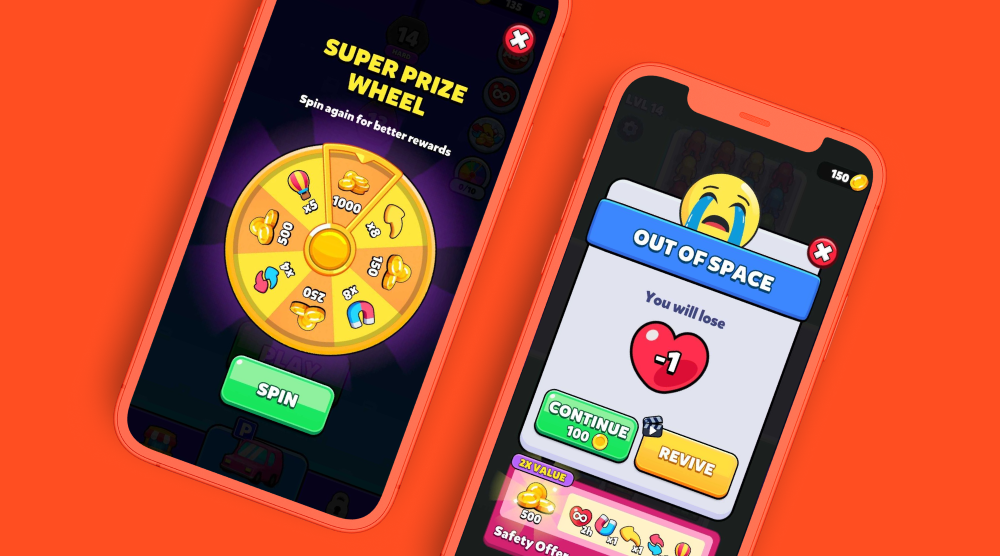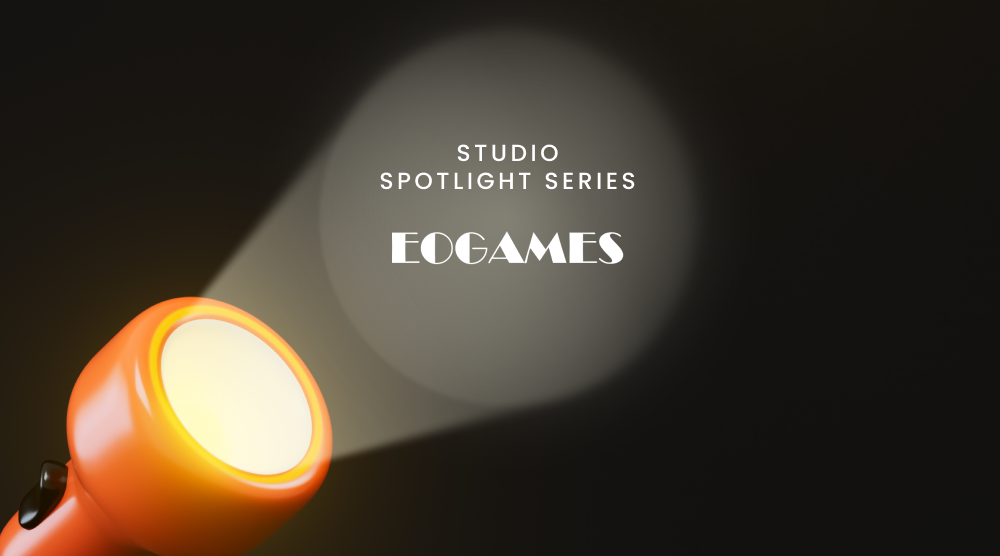Known for their solid retention rates and significant ad revenue potential, puzzle games continue to grow in popularity and have experienced a significant jump in their share of total mobile game downloads. According to the Google Play Store as of June 2024, puzzles represent 20% of the top 100 downloaded games in the US.
Jam puzzles and sort games are two trending sub-genres riding the front of this wave. We’re diving into each of these sub-genres, and sharing top tips that will guide you past the pitfalls on your path to developing a marketable puzzle prototype.
1. Simplicity is king
When it comes to building a successful structure for jam puzzles and sort games, simplicity reigns supreme. Because you’re presenting brand new game mechanics to a fresh audience, it’s important to steer clear of overly complex themes and creatives, and instead deliver your core gameplay goals in a way that’s easy to understand. Simplicity and clarity are key not just for initial tests, but also as an ongoing way of delivering a marketable message to a broad audience of prospective players. In short, you can hook more players and hit a low CPI with a clear and catchy concept.
2. Lock in the basics
For both jam and sort sub-genres, decision-making is an important element that drives core mechanics. As a player engages with each puzzle-solving decision, they become more emotionally invested in your game.
With jam puzzles, the basic structure involves three key elements:
1. A container, such as a bus, airplane, or even a toolbox
2. Items that a player matches with each other, or moves to the container and disappears
3. Limited slots for these items
In order for a player to reach their gameplay goal of clearing the board, they need to match an average of three items of the same color and fill the limited slots in the container. If all fields in the match lane are occupied, the player fails to solve the puzzle.
Beyond this basic structure, there are endless possibilities for jam puzzle themes, from gardeners to pizza making, and more. While there isn’t any singular hit theme among this sub-genre that you should aim for, it’s important to avoid niche themes in order to nail low CPI.
With sort games, players can test their puzzle solving skills by sorting similar items or similar colors via a tap and match mechanic. Here, the focus of your core mechanics should be on matching items - a basic concept which proves to be very engaging with high stickiness. As an example, in order to sort items, a player will need to match three of the same colors.
While core mechanics remain consistent in each of these sub-genres, simple and engaging modifications of these basic concepts will lead you to finding the x factor that can propel your game to the top of the charts. Lock in what works, and then add a twist to make it your own.
3. Balance your levels
When thinking about level building in jam puzzles, make sure your initial levels are quick and easy to understand. In these initial levels, the order, amount of colors, and challenges should be simple and clear. To achieve both simplicity and the right degree of challenge in each level, consider integrating elements like tunnels, blockers, and mystery elements that players can unlock during continued gameplay.
Ultimately, knowing your game and your audience is key to striking the right balance of level difficulty. Certain features in your levels may not work for every jam puzzle game. This is where utilizing data to understand your players’ behavior becomes crucial. With access to this data, you can adjust your UX to make your levels either easier or more challenging.
For instance, adding a timer could result in too much pressure on a jam puzzle player, causing frustration that can lead to churn. A timer doesn’t work well in games where players can make unlimited mistakes without paying a price.
On the other hand, timers could be a great option for games that are less forgiving, including jam puzzles that take a more aggressive approach to monetization. If your behavioral data shows that players respond well to penalties for mistakes, a timer might be ideal for your game.
For more details on difficulty curves, check out this blog: Difficulty curves - it’s not that hard.
Deeper meta layers to boost retention and keep players progressing in your jam puzzle game should be added only after the game scales. Meta features like a lucky wheel that encourages finishing multiple levels, or leaderboards where players compete with others, can all increase retention.
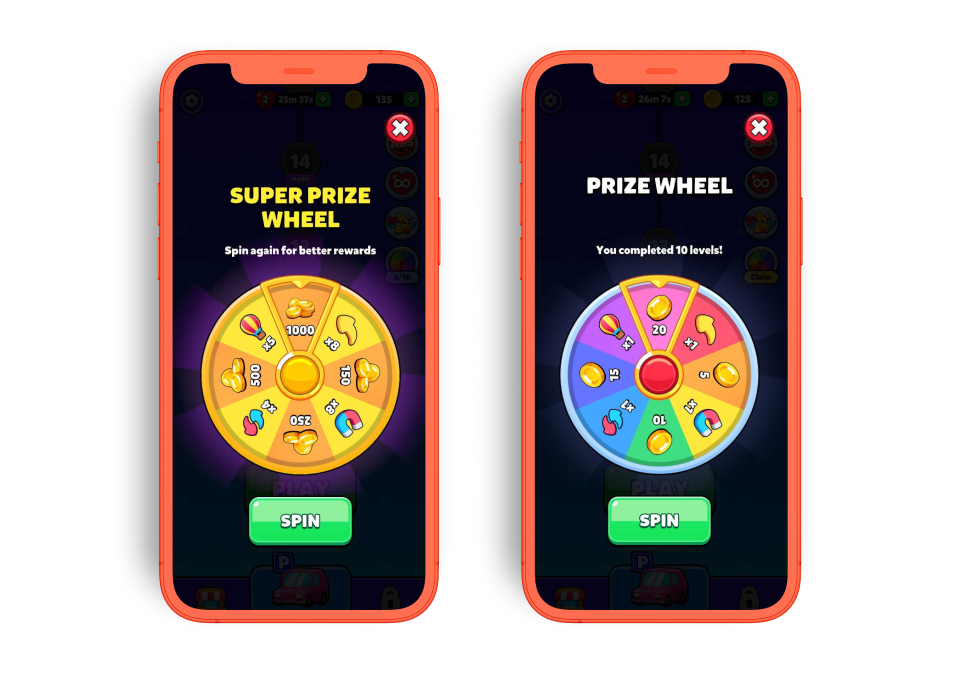
Level design in sort games comes down to probability. This means balancing what the player gets vs. what the player actually needs to keep playing. For example, if your game’s objective is to sort colors, determine the probability of a player getting red instead of blue or yellow. To challenge players, make sure that when a player needs to sort green, the probability of getting green is low.
The use of a progress bar can also help sort players measure their progress to goal, while providing a new opportunity to earn in-game currency by earning coins when they complete the full bar. To make levels even more challenging, increase the number of colors a player must work with, change the shape of the board, revise the goal on the progress bar making it even harder to complete the bar, and add in boosters.
Using a level analytics tool to access detailed behavioral data can also help drive better level design. To find out how Supersonic level analytics can help you, head over to this blog: How Level Analytics and Crash Center can help you boost in-game performance.
4. Maximize marketability
For both jam puzzle and sort games, marketability relies on compelling creatives. Your creatives should focus on readability, and highlight core gameplay mechanics, visuals, and features that differentiate your game from others in your respective sub-genre. Bright colors, high contrast, and appropriate camera perspective all serve to drive clarity, and will successfully push your concept forward to your audience.
To find the compelling creatives that bring about a lower CPI for your jam puzzle or sort game, you’ll need to conduct deep research to figure out what works best among the sort sub-genre. Identify what works from other successful sort games and then build on that as you develop your own specific style.
It’s equally important to avoid a discrepancy between the creatives in an attention-grabbing app icon and creatives featured in gameplay. If a player is drawn in by an attractive AI-generated app icon in the app store, but later discovers that the game's creatives do not match the same quality of the icon, it can lead to churn.
Looking for some plug-in inspo for your characters, decor, and shop? Check out these killer options available on Unity’s AssetStore.
5. Monetize progression in your in-game economy
For both jam puzzles and sort games, monetization is all about creating a progression economy where users want to watch more RVs or make more IAPs in order to keep progressing in your game. Understanding player motivation is critical to pinpointing pressure points and offering players ad-based or IAP-based ways to progress. Whether it’s figuring out when players want to solve the puzzle, progress faster in the game, or are willing to pay for special content, identifying these inflection points are key to your monetization strategy.
To optimize your game's monetization strategy, consider adding fixed hard levels to your jam puzzle game and sort games. Throughout these levels, players may need extra time or more boosters to help to solve the puzzle, providing inflection points that can be monetized.
Monetizing jam puzzles and sort games involves two main mechanisms: buying coins to revive a player’s ability to keep playing, and purchasing booster refills to solve the puzzle when a player runs out of coins. With on-demand coins, a player who has failed to solve the puzzle can spend their coins or watch an RV to keep playing. In addition to coins and boosters, sort games can also monetize by offering players the ability to unlock more free slots.
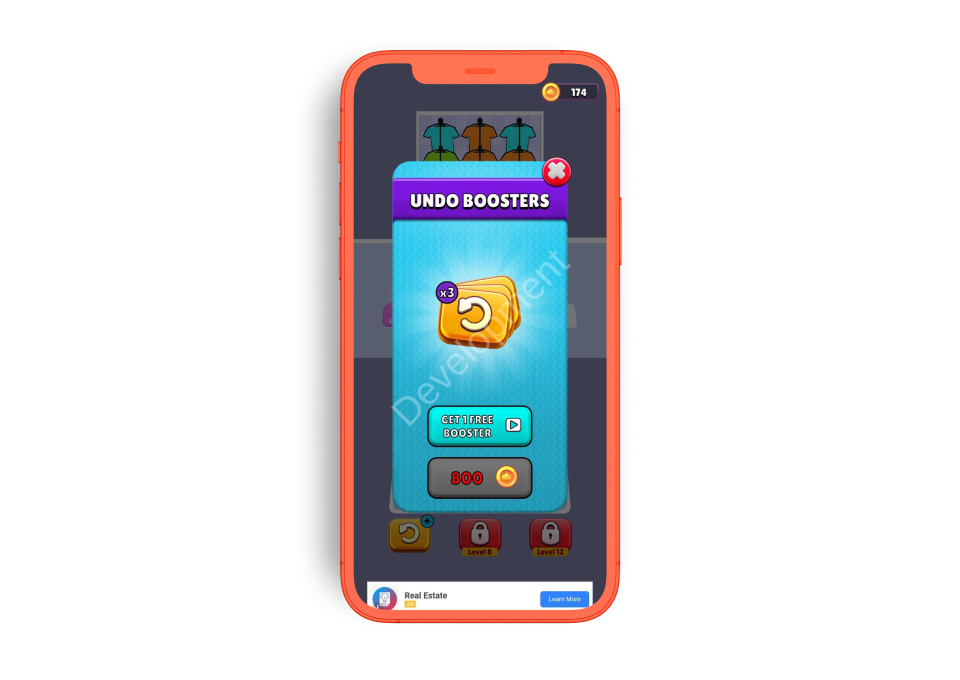
Unlike in hyper-casual games, where a player can play as much as they want, monetization of jam puzzles frequently involves restricting gameplay and increasing level difficulty. For example, in-game currency may only be available in limited time increments. If a player wants to continue playing, they will have to wait every 25 minutes or so to earn hearts that can be used to refill their coin supply.
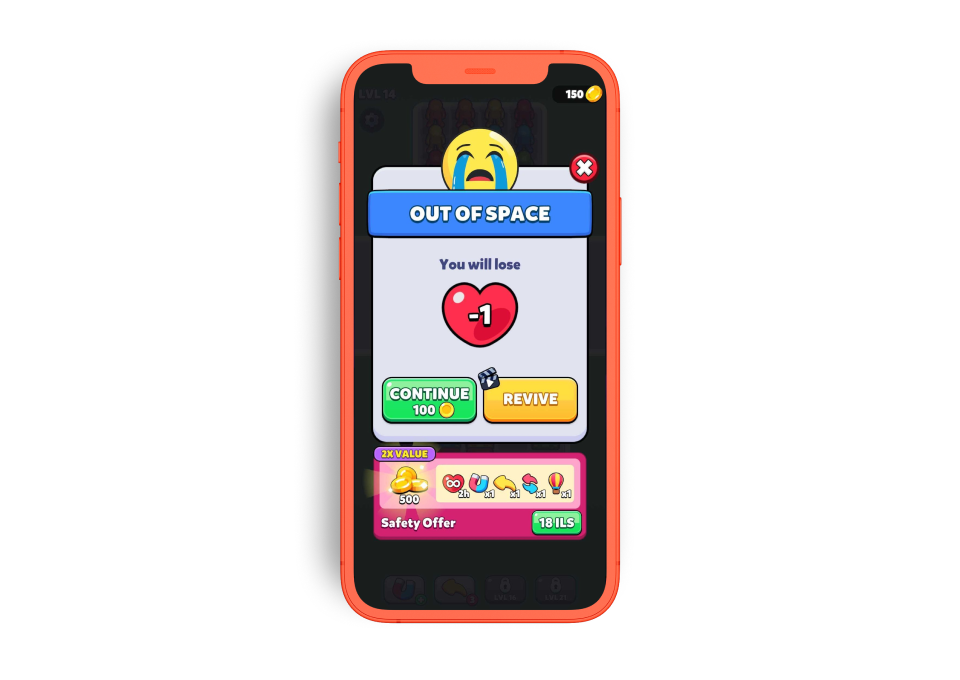
The idea is to identify the pressure points where a player would do anything to solve the puzzle, then add boosters where additional currency can unlock the ability to keep playing. Knowing where a player most wants to solve the puzzle is key.
Ready to dive in and apply these tips to your next hit puzzle? Submit your game today.
Let's put these tips to good use
Publish your game with Supersonic
